Eastern Mediterranean Conifer-Broadleaf Forests
The ecoregion’s land area is provided in units of 1,000 hectares. The conservation target is the Global Safety Net (GSN1) area for the given ecoregion. The protection level indicates the percentage of the GSN goal that is currently protected on a scale of 0-10. N/A means data is not available at this time.
Bioregion: Aegean Sea & East Mediterranean Mixed Forests (PA18)
Realm: Western Eurasia
Ecoregion Size (1000 ha):
14,287
Ecoregion ID:
791
Conservation Target:
25%
Protection Level:
0
States: Iraq, Israel, Jordan, Lebanon, Palestine, Saudi Arabia, Syria, Turkey
Fringed by the azure waters of the Mediterranean Sea, the Eastern Mediterranean Conifer-Broadleaf Forests ecoregion is a landscape of rocky shrublands and crooked forests. Overlapping part of the illustrious Fertile Crescent, these valuable lands supported some of the earliest civilizations, and to this day they flourish with plants of great cultural significance.
European olive, carob, terebinth, fig, and laurel provide nutritional, medicinal, and ornamental values. Rivers shelter the Euphrates softshell turtle, whilst the coast harbours critical nesting sites for the endangered loggerhead marine turtle. Sauntering through the rugged scrub and forests, the compelling striped hyena is distinguished by its bold stripes and luxuriant mane.
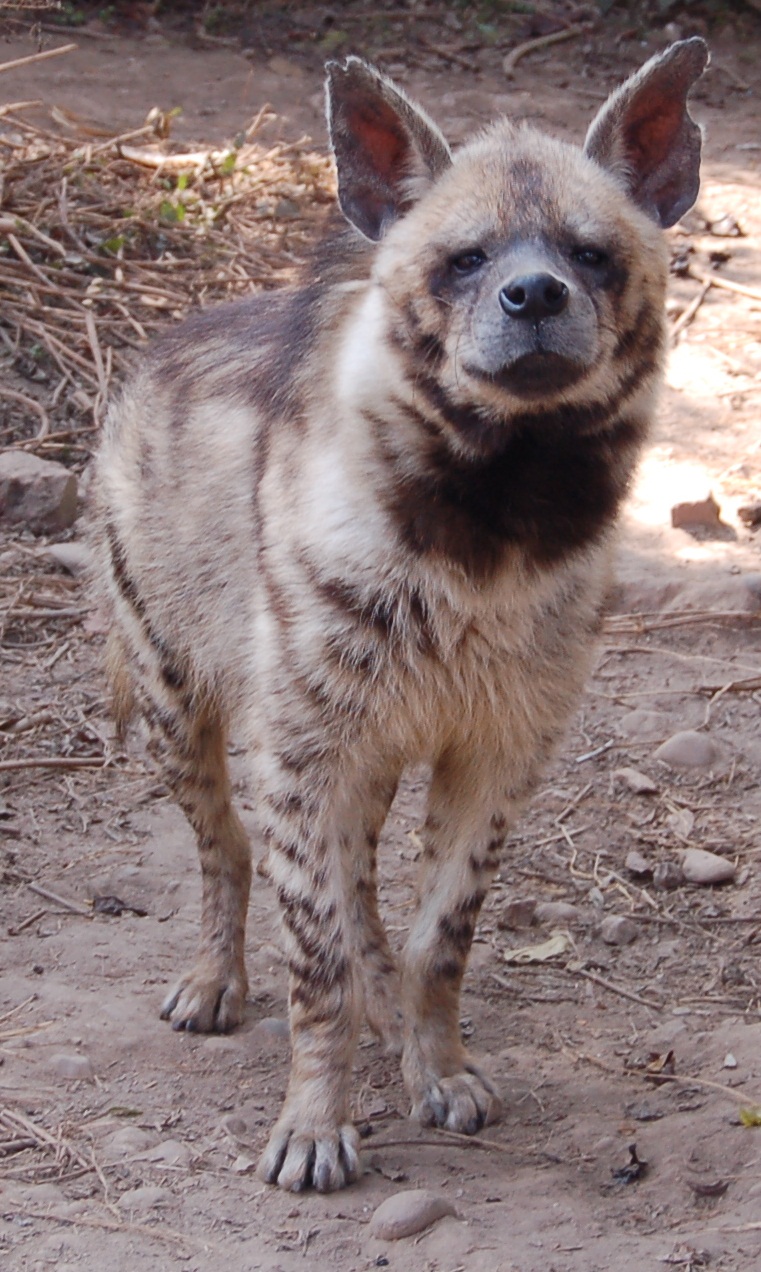
The flagship species of the Eastern Mediterranean Conifer-Broadleaf Forests ecoregion is the striped hyena. Image credit: Creative Commons
This ecoregion spans the Mediterranean coastline of the Middle East, running through Turkey, Lebanon, Israel, Palestine, Jordan, and the Syrian Arab Republic. Warm, rainy winters and hot, dry summers are typical of the Mediterranean climate. Forests are characterized by a predominance of Calabrian pine in the North, and Aleppo pine in the South; these highly tolerant trees can be found from sea level up to 1,800m.
Along the shorelines, maquis vegetation abounds: European olive, carob, Kermes oak, green olive, and official storax. Kermes oak is plentiful, and often replaces Calabrian and Aleppo pine forests where they have degraded. In the East, low rainfall promotes drought-tolerant grasslands of white wormwood, felty germander, and Astragalus platyraphis, bounded by dry oak woodlands at higher altitudes. The important Tigris and Euphrates Rivers carve verdant valleys through the Northeast of the region, whilst the Göksu River in Turkey gives rise to a spectacular delta on the coastline.
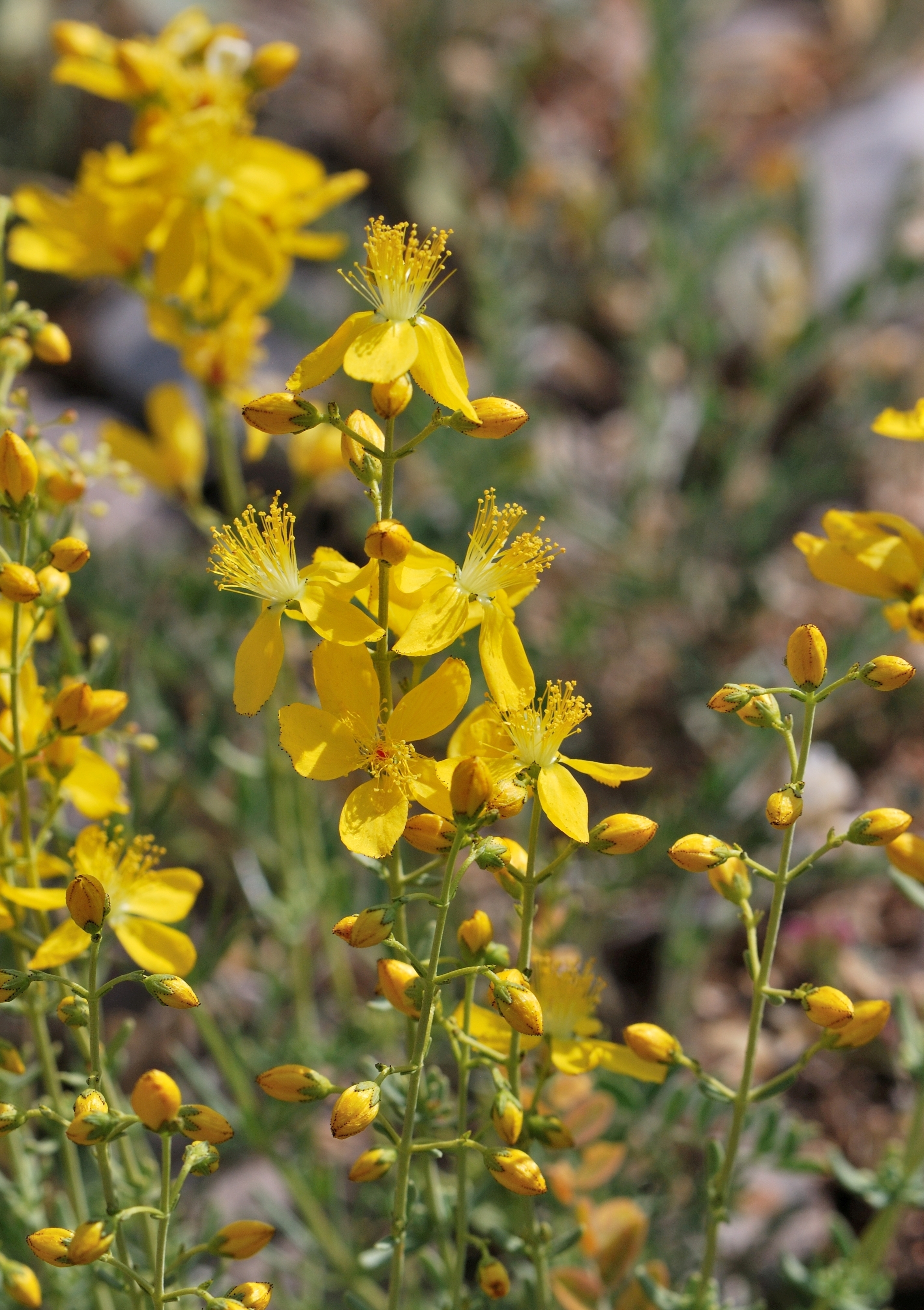
Hypericum libanoticum. Image credit: Gideon Pisantry, Creative Commons
Turkey’s Çukurova Plain hosts many endemic flora, such as Beta adanensis, Resedea balansae, and Linum anisocalyx. The Asia Minor spiny mouse and Elbeyli vole are endemic to very small areas in Turkey, whilst the elegant black-headed ground snake is a near endemic, preferring dry shrublands where it burrows underground for humidity. Part of a key flyway, this region is also rich in migratory birds.
The Göksu Delta is an important stop-over site for great white pelican and white stork, while also supporting the largest numbers of marbled teal in Turkey. Striped hyenas are heavily persecuted through poisoning and destruction of dens, and there is an illegal trade in skin and body parts for use in traditional medicine. The global population numbers fewer than 10,000 individuals and is sparsely distributed, but sightings are still possible in this ecoregion.
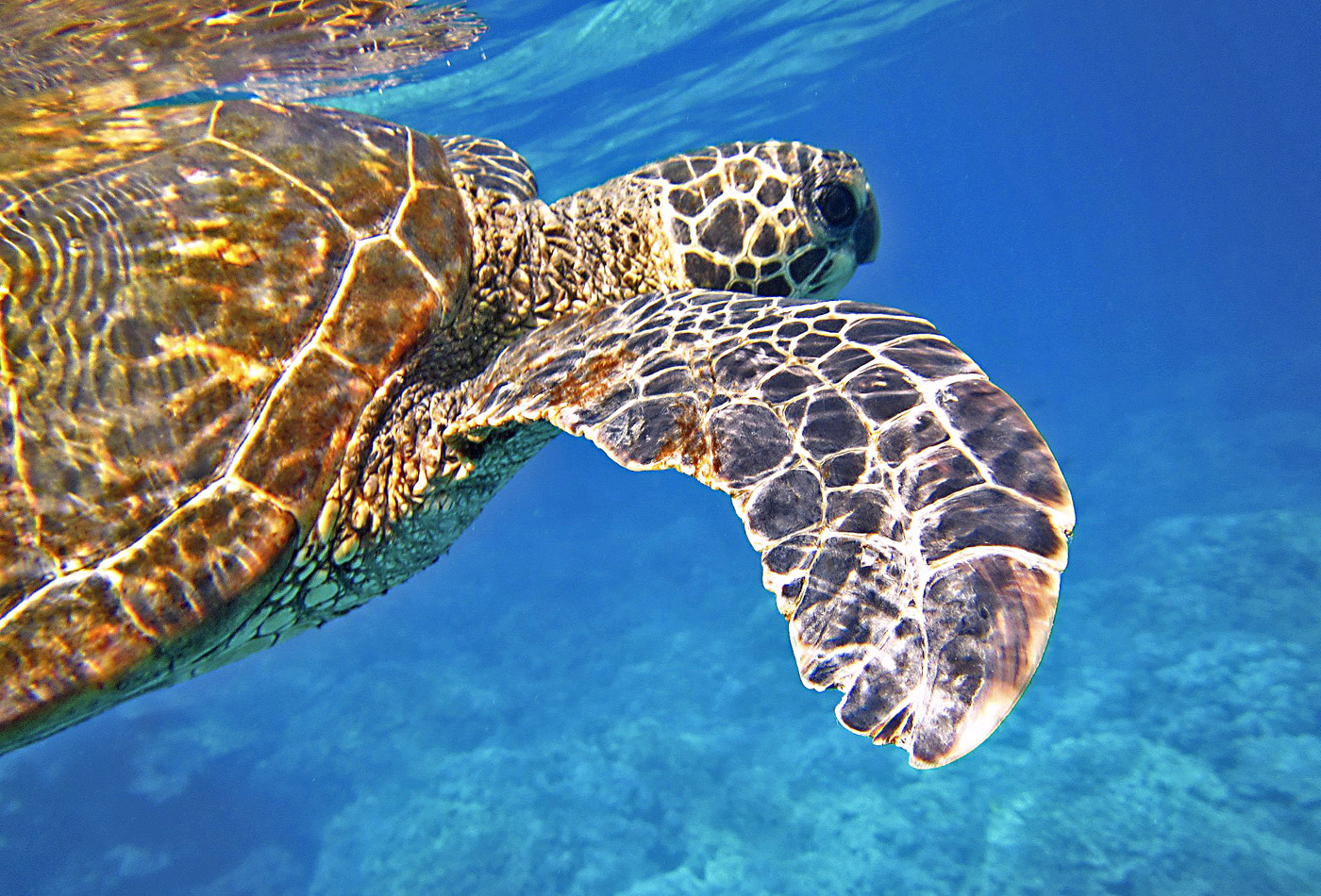
Loggerhead turtle. Image credit: Creative Commons
A long history of agriculture and irrigation means that environmental damage by humans was evident as early as 3000 BC. Harsh climatic conditions of high temperatures, low humidity, and poor soil conditions have hindered vegetation recovery ever since. Wild relatives of wheat, lentils, and peas can be found here, representing a critical genetic resource for crops. Forest plantations are also widespread, mostly for pine.
Native ecosystems are now mostly embedded as small patches within a matrix of urban, agricultural, and afforestation development; carob and Aleppo pine communities are particularly degraded. Important protected areas include Ramat Menashe Biosphere Reserve in Israel,iv Shubash Nature Reserve in Palestine, Tyre Coast Nature Reserve in Lebanon, and the Göksu Delta in Turkey, which is a Ramsar Site and Wetland of International Importance.

Aleppo Pine. Image credit: C. Messier, Creative Commons
Agricultural activity has long been a source of environmental degradation, but the recent increase in insecticide and fertilizer use is threatening bird communities. Tourism development is a particular threat along the coast, severely impacting fragile and rare dune systems. Human-caused fire destroys forests, and intensive livestock grazing impedes seedling regeneration. Dams constructed on the Euphrates and Tigris rivers have caused habitat fragmentation, endangering populations of Euphrates softshell turtle.
In the Syrian Arab Republic, community awareness and participation are helping to combat wildfires, and planned grazing policies seek to prevent further livestock damage to forests. Israel is enforcing management practices to mitigate forest fires, and preparing specific management plans for forest protection, such as that of Biria Forest. In Lebanon, the National Gene Bank acts to conserve endemic plants of economic value, as well as wild relatives of crops.
The priority conservation actions for the next decade will be to: 1) expand a network of protected areas, particularly in Jordan and the Syrian Arabian Republic; 2) enforce wildlife friendly agricultural practice, such as banning chemical input; and 3) implement a public awareness campaign to change attitudes towards striped hyenas and promote their conservation.
Citations
1. Israel Ministry of Environmental Protection. 2016. Israel’s Fifth National Report to the United Nationals Convention on Biological Diversity
2. IUCN RedList. Striped Hyaena. [Online]. [Accessed 2nd August 2019]. Available from: https://www.iucnredlist.org/species/10274/45195080#conservation-actions
3. WWF. 2018. Southwestern Asia: Along the coast of the Mediterranean Sea in Turkey, Jordan, Israel, and Syria. [Online]. [Accessed 2nd August 2019]. Available from: https://www.worldwildlife.org/ecoregions/pa1207
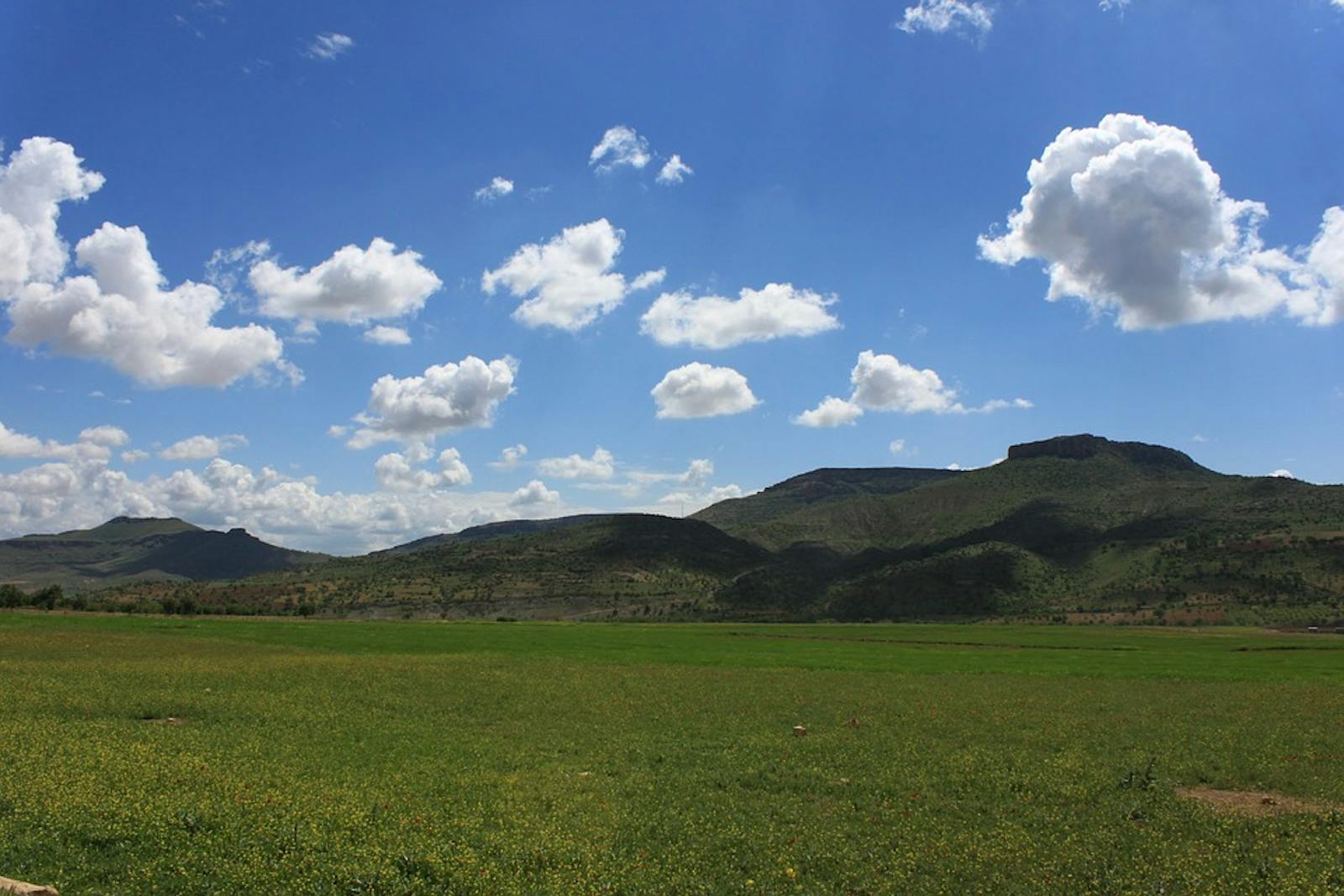
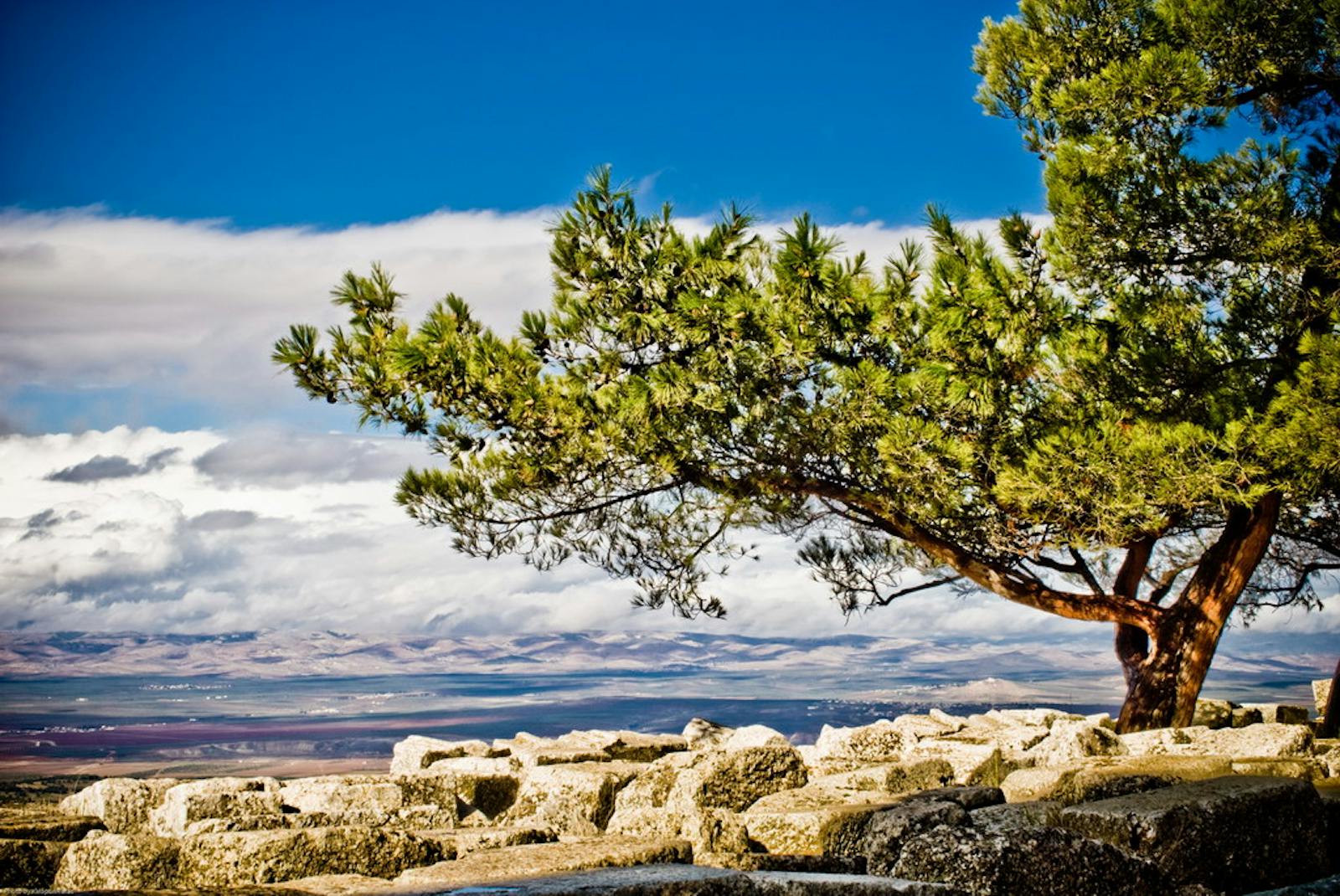
.png?auto=compress%2Cformat&w=300)

